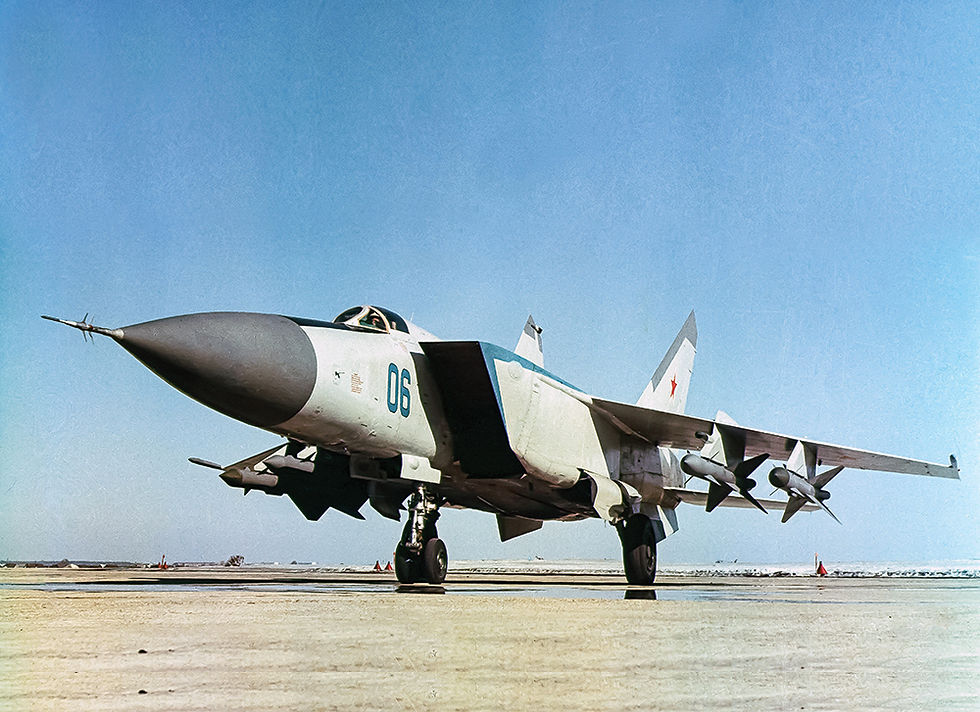The Art of Deception: Unveiling the Technology Behind Stealth Aircraft
- thiliwriting
- Mar 6, 2024
- 2 min read
The concept of an invisible aircraft, once relegated to the realm of science fiction, has become a reality with the development of stealth technology. These aircraft, also known as Low Observable (LO) or Low Radar Cross Section (RCS) aircraft, boast the ability to evade detection by radar systems, offering a significant tactical advantage in modern warfare.
But how do these seemingly impossible feats become reality? Understanding the technology behind stealth aircraft requires delving into two key principles: reducing radar signature and managing heat signature.
Reducing Radar Signature
Shaping and Materials: Stealth aircraft are meticulously designed with smooth, angular shapes that deflect incoming radar waves away from the source. This minimizes the amount of energy reflected back towards the radar, reducing the aircraft's overall "radar signature." Additionally, advanced radar-absorbent materials (RAM) are used extensively. These materials, often secret formulations containing composites and ferrites, absorb and dissipate radar energy instead of reflecting it.
Reducing Radar Cross Section: Radar Cross Section (RCS) is a measure of how easily an object reflects radar waves. Stealth aircraft aim to minimize their RCS by employing various strategies. Some examples include:
Internal weapon bays: Weapons stored internally eliminate the radar clutter caused by external attachments.
Serrated edges: Replacing sharp edges with serrated or sawtooth designs disrupts the reflection of radar waves.
Engine placement: Engines are often buried deep within the aircraft's fuselage, minimizing the reflection of radar waves from the hot exhaust plume.
Managing Heat Signature
While radar is the primary concern, stealth aircraft also need to manage their heat signature to avoid detection by infrared (IR) tracking systems. This is achieved through:
Cooling systems: Advanced engine cooling systems are employed to minimize the temperature of the exhaust plume. Additionally, heat-resistant coatings are used to further reduce the aircraft's IR signature.
Exhaust mixing: The hot exhaust gases are mixed with cooler bypass air before being released, further reducing the overall IR signature.
It's Important to Note,
Not completely invisible: It's important to understand that stealth aircraft are not truly invisible. Their reduced radar and heat signatures make them significantly harder to detect, but they are not completely undetectable, especially by advanced radar systems or at close range.
Constant evolution: As radar and IR technologies continue to evolve, so too does the technology behind stealth aircraft. This ongoing arms race ensures that the boundaries of low observability are constantly pushed.
The technology behind stealth aircraft is complex and constantly evolving, representing a remarkable feat of engineering and scientific innovation. While not truly invisible, these aircraft offer a significant advantage in modern warfare, providing a glimpse into the future of aerial combat where the unseen may hold the key to victory.




Comments